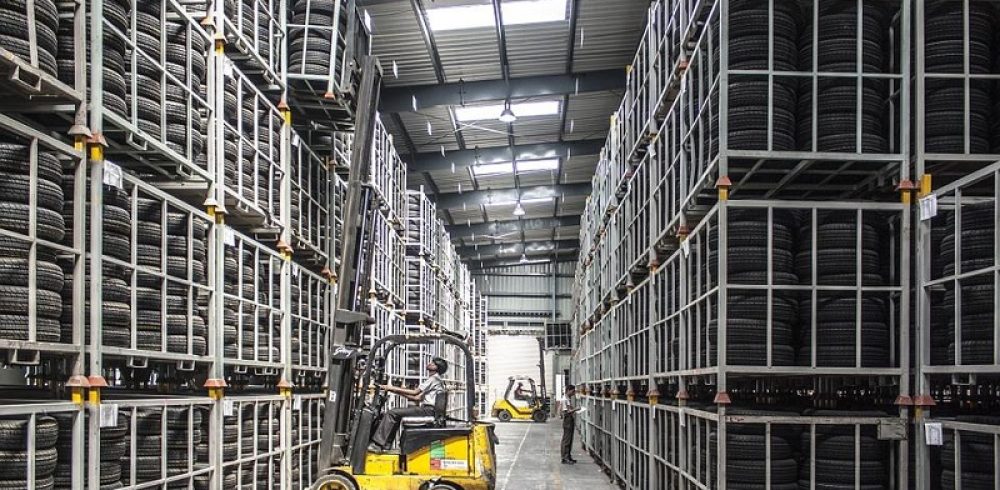Here, Jess Penny from the award-winning manufacturer Penny Hydraulics talks us through some of the most important safety precautions you should take when operating lifting equipment.
When using lifting equipment, it’s vital that you stay vigilant and take the necessary safety precautions â accidents will be much more likely to happen, otherwise. These incidents can cause injuries, costly damage, and even death in the most serious of cases. This is why it’s so important to abide by guidance such as the LOLER and PUWER regulations.
The more time you spend using lifting equipment, the more respect you’ll gain for the safety procedures and requirements that are in place to protect you. At Penny Hydraulics, we deal with lifting equipment every day, and we’ve learned plenty in the process. To help reduce your risk of causing or being involved in an accident, I’m going to outline five of the safety precautions that we never overlook. Read on to find out more.
Always check equipment over before you use it
It’s vital that you check every piece of equipment over before you use it. The necessary checks are typically outlined in the operating and maintenance manual that comes with all lifting equipment. Conducting these will ensure that the machinery you’re working with are set up correctly and ready for use.
You should also check the Certificate of Thorough Examination before using any equipment. If this is in date, it means that the machinery has been examined in line with the manufacturer’s instructions â for our cranes, this needs to be done at least once every 12 months.
If you don’t conduct these pre-operation checks, you will be putting yourself and those around you at risk.
Stow cranes properly for transit

We’ve heard about a significant number of incidents where pieces of lifting equipment, such as cranes on commercial vehicles, have not been properly stowed for transit after they’ve been used. If you don’t ensure that lifting equipment is stowed properly before transporting it, there’s a risk that the crane you’re using could hit a bridge while you’re moving between jobs.
Fortunately, in line with the Road Vehicles (Construction and Use) Regulations 1986, cranes are now fitted with visual or audio warnings that let drivers know if their lifting equipment isn’t properly stowed away. Be sure to take note of these alerts to avoid being involved in a dangerous incident.
Never position yourself underneath the load
While the risks seem obvious, it’s still quite common for workers to position themselves underneath a load when operating lifting equipment. It’s incredibly important that you don’t do this as, if anything goes wrong, you’ll be at serious risk of being struck by whatever you’re lifting.
It’s vital that you always stay a safe distance away from the load you’re moving. This will ensure that, if you do make a mistake, the equipment malfunctions, or you encounter any other problem, you’ll be out of harm’s way and will be able to deal with the situation safely.
Don’t work on a truck bed
When using lifting equipment, it’s quite common for operators to jump on and off the truck bed to move and position loads for transit. However, this is a significant safety risk and should be limited as much as possible. Fully hydraulic lifts are ideal for solving this problem, as they can lift and precisely position a load on a truck bed with ease. This stops operators from having to work from a height, and allows them to carry out their work using just the crane’s controls.
Ensure that your training is up to date
Employers and operators of lifting equipment should ensure that their training is always up to date. This means that workers should be given extra training whenever they’re introduced to new equipment or feel like they could do with refreshing their knowledge. Being trained once at the beginning of their careers isn’t enough for operators â it’s an ongoing process. Having up to date knowledge is the only way staff will be able to work safely, effectively, and efficiently.
These are just some of the most common precautions businesses and lifting equipment operators might be tempted to ignore. But, they’re vital for helping you and staff to avoid taking unnecessary risks that could lead to accidents.
















